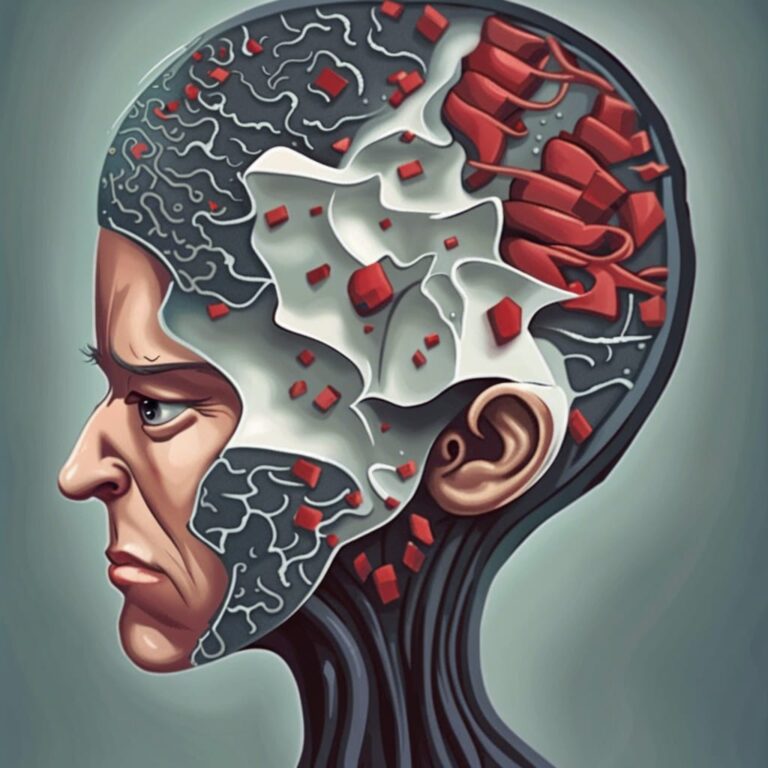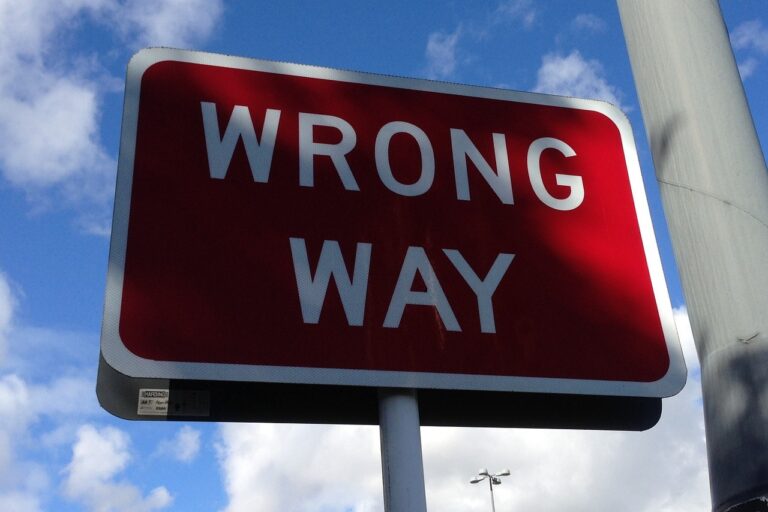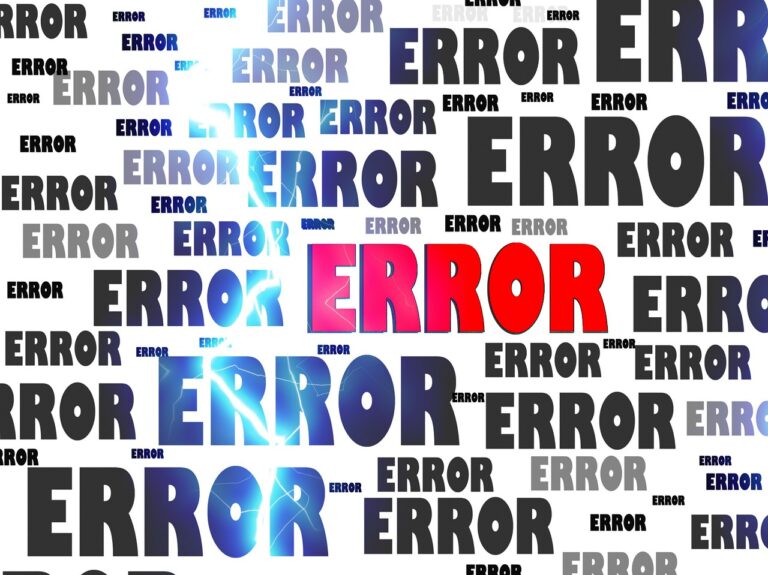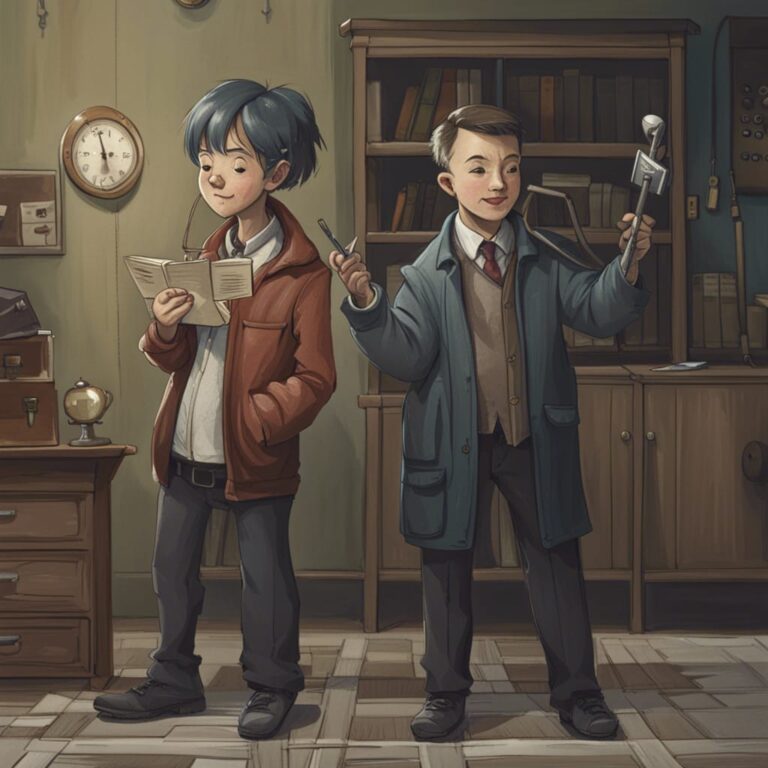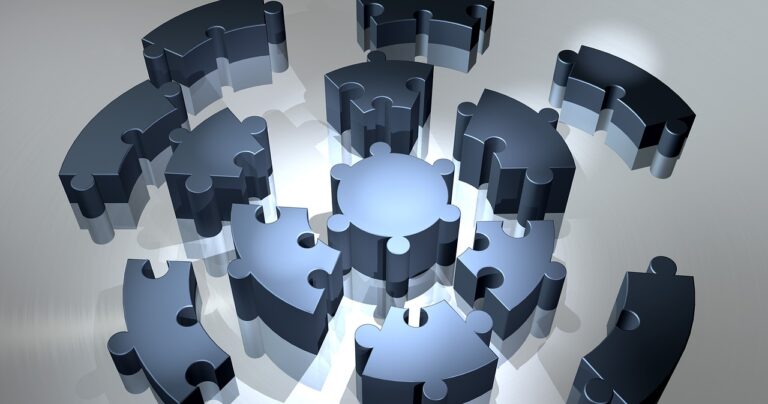You are probably familiar with the saying “cause and effect.” This is the idea that every event has a cause and that every cause has an effect. This concept is often used in science, where it is used to study the relationship between different variables. It can also be used in everyday life, to help us make better decisions and understand the consequences of our actions.
Identifying Cause and Effect
There are a few things to look for when trying to identify cause and effect. First, look for a clear relationship between two events. Second, look for a causal chain, in which one event leads directly to another. Finally, look for temporal proximity, meaning that the cause must precede the effect.
Once you’ve identified a potential cause-and-effect relationship, you’ll need to determine whether it is actually causal. This can be tricky, but there are a few things to keep in mind. First, ask whether the putative cause always leads to the putative effect. Second, ask whether there are any other factors that could be playing a role. And finally, ask whether the relationship is merely correlational.
If you can answer all of these questions affirmatively, then you have identified a genuine cause-and-effect relationship.
🌠Benefits
There are many benefits to understanding cause and effect.
One of the most obvious benefits is that it can help you to understand the world around you. By understanding how things work, you can make better decisions and avoid making mistakes.
Another benefit is that it can help you to predict the future. If you understand the causes of certain events, you can often predict what will happen as a result. This can be useful in everything from planning your day to making investment decisions.
Finally, understanding cause and effect can help you to persuade others. If you can show someone that their actions will lead to the desired result, they are more likely to listen to you and take your advice.
Decision-Making
You can use cause and effect in decision-making by identifying the potential consequences of a decision before you make it. This can help you to weigh the pros and cons of a decision and make the best choice for your situation. Cause and effect can also be used to predict what might happen in the future. By understanding the causes of a certain event or situation, you can often predict what the effects will be. This can be helpful in planning for the future and making decisions about what to do next.
Common Mistakes
One common mistake people make is assuming that because one event follows another, the first event caused the second. This is known as the post hoc ergo propter hoc fallacy, and it’s a fallacy because just because two events are related in time does not mean that one caused the other.
Another mistake people make is confusing correlation with causation. Just because two things are related does not mean that one caused the other. For example, there is a strong correlation between ice cream sales and shark attacks, but that doesn’t mean that eating ice cream causes shark attacks!
How To Avoid
There’s no need to worry, though. If you want to avoid making these mistakes, there are a few things you can do. First, make sure you understand the difference between cause and effect. Second, when you’re considering possible causes, think about all the factors that could be at play, not just the obvious ones. And finally, don’t forget to consider the long-term effects of your actions.
Famous Cause And Effect Examples
The 5 examples below are some of the most famous cases of cause and effect in history. They illustrate how this concept can be used to change the world, both for better and for worse.
1. The stock market crash of 1929 was caused by a number of factors, including a lack of regulation, speculation, and margin buying. The effects of the crash were widespread, with millions of Americans losing their jobs and their homes.
2. The assassination of Archduke Franz Ferdinand in 1914 was the trigger for World War I. The war led to the death of over 17 million people and the displacement of millions more.
3. The 2003 invasion of Iraq was motivated by a desire to secure oil supplies and overthrow the regime of Saddam Hussein. The war led to the death of over 100,000 civilians and the displacement of millions more.
4. The 2004 Indian Ocean tsunami was caused by a massive earthquake that triggered a series of waves that devastated coastal areas in Indonesia, Sri Lanka, India, and Thailand. Over 225,000 people were killed and millions more were left homeless.
5. Hurricane Katrina was caused by a combination of factors, including a failure to properly maintain levees and evacuation routes. The hurricane resulted in the death of over 1,800 people and the displacement of hundreds of thousands more.
More Examples
Here are 10 everyday examples of cause and effect.
1. You overslept and now you’re late for work.
2. The traffic was heavy, so you’re going to be late for your meeting.
3. You eat too much junk food and now you feel sick.
4. You didn’t study for your test and now you’re getting a bad grade.
5. You didn’t do your homework and now you’re in trouble with your parents.
6. You hit your little sister and now she’s crying.
7. You broke your friend’s toy and now he’s mad at you.
8. You left your bike out in the rain and now it’s rusty.
9. You didn’t water your plants and now they’re wilting.
10. You tracked mud into the house and now your mom is cleaning it up.
Now that you’ve seen some examples of cause and effect, you can start to see how this important concept works in the real world. Remember, every event has a cause and every cause has an effect. Once you start to look for them, you’ll see cause-and-effect relationships everywhere.
Conclusion
So there you have it, the five most famous examples of cause and effect. All of these examples show how one event can lead to another, often with far-reaching consequences. Some of these examples are positive, showing how one event can lead to another that benefits people or causes progress. Others are negative, illustrating how one event can cause a chain reaction that leads to tragedy. But all of these examples demonstrate the powerful role that cause and effect play in our lives. They show how the butterfly effect really is at work all around us, all the time.
